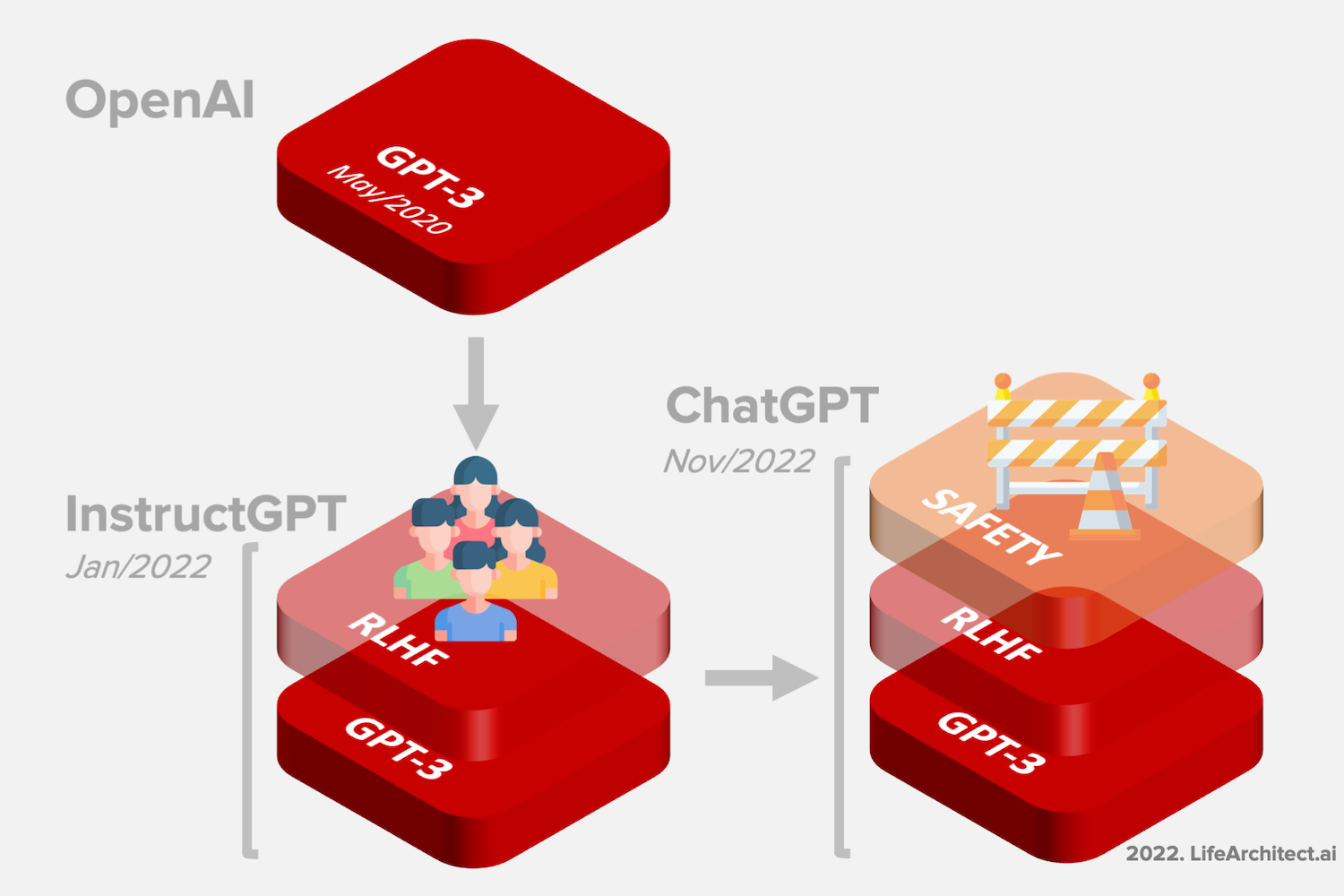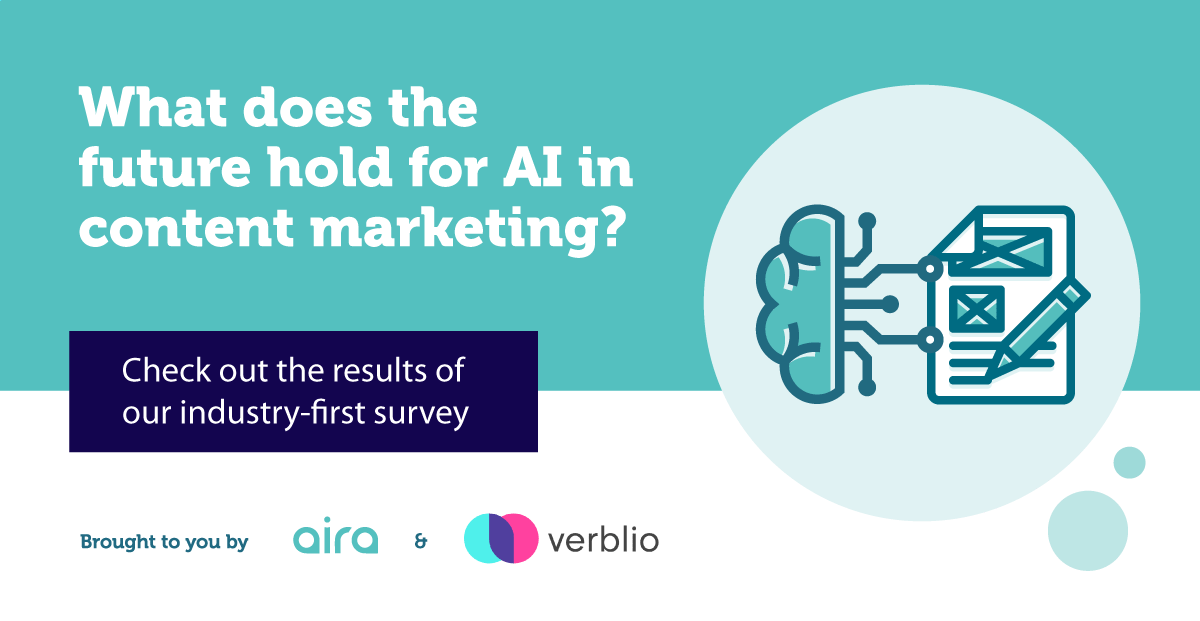
In the ever-evolving world of digital marketing, content ideation has become a critical component of successful SEO strategies. With the rise of AI tools like GPT and other advanced language models, content creators now have powerful allies in generating fresh, relevant, and engaging ideas. The ability to leverage these tools not only saves time but also enhances creativity and ensures that your content remains competitive in an increasingly crowded online landscape.
This article will guide you through the process of using GPT and AI tools for effective content ideation. You’ll learn how to set up your AI writer persona, provide client details, input keywords and outlines, generate content section by section, and refine your final output with meta descriptions and alternate titles. By the end, you’ll have a clear, actionable framework to harness the power of AI for your content strategy.
What Is AI-Driven Content Ideation and Why It Matters
AI-driven content ideation refers to the use of artificial intelligence tools—such as GPT (Generative Pre-trained Transformer) models—to generate creative and relevant content ideas. These tools analyze data, understand user intent, and produce content that aligns with specific goals, such as SEO optimization, audience engagement, or brand messaging.
In 2025, AI is no longer just a novelty—it’s a necessity. Search engines are becoming more sophisticated, and users are demanding content that is not only informative but also personalized and timely. AI tools help content creators stay ahead of trends, identify gaps in the market, and produce high-quality content at scale.
For example, GPT-4 can generate blog post ideas, suggest topic clusters, and even outline entire articles based on your input. This makes it an invaluable asset for anyone looking to streamline their content creation process while maintaining quality and relevance.
How AI-Driven Content Ideation Impacts SEO Performance
AI-driven content ideation directly impacts SEO performance in several ways:
-
Improved Keyword Relevance: AI tools can identify trending keywords and long-tail phrases that align with your target audience’s search intent. This helps ensure your content ranks higher in search engine results pages (SERPs).
-
Enhanced User Engagement: By analyzing user behavior and preferences, AI can suggest content topics that resonate with your audience, leading to increased dwell time, lower bounce rates, and better engagement metrics.
-
Content Quality and Originality: AI tools like GPT can generate original, well-structured content that avoids duplication and maintains a unique voice. This is crucial for building authority and trust with both users and search engines.
-
Efficient Workflow: AI streamlines the content ideation process, allowing teams to focus on strategy and refinement rather than starting from scratch each time.
By integrating AI into your content ideation process, you can create content that not only meets SEO standards but also delivers real value to your audience.
Step-by-Step Implementation Framework
To effectively use GPT and AI tools for content ideation, follow this structured approach:
1. Define or Audit the Current Situation
Before diving into ideation, take stock of your current content strategy. Identify what’s working and what’s not. Ask yourself:
- What topics are currently driving traffic?
- Are there any gaps in your content library?
- What are your audience’s pain points?
- What are your brand’s core values and tone?
Use tools like Google Analytics, SEMrush, or Ahrefs to gather insights. This step ensures your AI-generated ideas are aligned with your existing strategy and audience needs.
2. Apply Tools, Methods, or Tactics
Once you have a clear understanding of your current situation, it’s time to bring in AI tools. Here’s how to use them effectively:
- Set a Writer Persona: Train your AI tool to act as a specific type of writer (e.g., a senior content writer in the SaaS industry). Provide clear instructions on the role, tone, and style.
Example prompt:
“Imagine you are a senior content writer in a content production team. Your responsibilities include crafting blog articles, landing pages, eBooks, etc., that are search engine friendly. The articles should be easy to understand and organically include main and additional keywords.”
-
Input Client Details: Share information about the brand, its offerings, target audience, and expectations. This helps the AI tailor content to the brand’s voice and goals.
-
Provide Keywords and Outline: Give the AI a list of primary and secondary keywords, along with a suggested outline (H1, H2, etc.). This ensures the content is structured and optimized for both readers and search engines.
-
Generate One Section at a Time: Rather than asking for the entire article at once, break the process into smaller sections. For example, ask the AI to write the introduction first, then the body, and finally the conclusion. This allows for more control and refinement.
3. Measure, Analyze, and Optimize
After generating content, evaluate its performance using analytics tools. Look at metrics like:
- Traffic: How many visitors does the content attract?
- Engagement: What’s the average time on page and bounce rate?
- Conversion: Does the content lead to sign-ups, downloads, or sales?
Use A/B testing to compare different versions of the same content. Continuously refine your approach based on what works best.
Real or Hypothetical Case Study
Let’s imagine a scenario where a tech startup uses GPT to ideate and create content for their blog.
Client Background: A SaaS company that offers project management tools for remote teams. Their target audience is small to mid-sized businesses looking to improve productivity.
Objective: Generate a series of blog posts that educate their audience on remote work best practices and promote their product.
Process:
– The team sets up a GPT writer persona tailored to their brand’s tone: professional yet approachable.
– They input client details, including their brand guidelines, target audience, and key selling points.
– They provide a list of keywords like “remote work tips,” “team collaboration tools,” and “productivity hacks.”
– GPT generates a content outline, focusing on topics like “Top 10 Remote Work Tools for 2025” and “How to Build a Productive Remote Team.”
Results:
– The blog posts drive a 30% increase in organic traffic within three months.
– Engagement metrics improve, with a 20% increase in average session duration.
– The content leads to a 15% boost in newsletter signups and product demos.
This case study shows how AI can transform content ideation into a strategic advantage.
Tools and Techniques for AI-Driven Content Ideation
Here are some of the most effective tools and techniques for leveraging AI in content ideation:
-
GPT-4/ChatGPT: Ideal for generating content ideas, writing full articles, and optimizing for SEO. Its ability to understand context and maintain a consistent tone makes it a top choice.
-
SurferSEO: Helps with keyword clustering, semantic scoring, and content optimization. It integrates with GPT to ensure content is both human-readable and search engine-friendly.
-
Notion: A great tool for organizing content ideas, tracking progress, and storing brand guidelines. It can be used alongside AI tools to streamline the ideation process.
-
Bing Copilot: Useful for researching trends, gathering statistics, and verifying facts before incorporating them into your content.
-
Text.Cortex: A specialized AI tool focused on content creation. It offers features like idea generation, content structuring, and SEO optimization.
-
Runner H: Automates the content ideation process by delivering daily content ideas directly to your inbox. It integrates with Notion and Gmail, making it ideal for busy creators.
Future Trends and AI Implications
As AI continues to evolve, its impact on content ideation will only grow. In the future, we can expect:
- More Personalized Content: AI will be able to generate content tailored to individual user preferences, increasing engagement and conversion rates.
- Voice and Multimodal Search: As voice assistants and visual search become more prevalent, content will need to be optimized for these formats.
- Real-Time Ideation: AI tools will become faster and more intuitive, allowing for real-time content ideation during live events or breaking news.
To stay ahead, content creators must embrace AI as a strategic partner. By continuously refining their workflows and leveraging the latest tools, they can maintain a competitive edge in the ever-changing digital landscape.
Key Takeaways
- Leverage AI for Ideation: Use GPT and other AI tools to generate fresh, relevant, and SEO-optimized content ideas.
- Define a Writer Persona: Train your AI to match your brand’s voice and style for consistency.
- Break Down the Process: Generate content section by section to maintain control and quality.
- Measure and Optimize: Use analytics to track performance and refine your approach.
- Stay Ahead of Trends: Keep an eye on emerging AI capabilities and adapt your strategy accordingly.
By integrating AI into your content ideation process, you’re not just saving time—you’re unlocking new levels of creativity and efficiency. Start experimenting today and see how AI can transform your content strategy.
Meta Title: How to Use GPT and AI Tools for Effective Content Ideation
Meta Description: Learn how to use GPT and AI tools for content ideation, including step-by-step strategies, tools, and real-world examples.
SEO Tags (5): AI content ideation, GPT for content, content strategy with AI, SEO content generation, AI tools for writers
Internal Link Suggestions:
– Parameter #3: Content Clustering for SEO
– Parameter #7: Voice Search Optimization
– Parameter #11: AI-Powered Copywriting
External Source Suggestions:
– https://www.surferseo.com
– https://chat.openai.com
– https://medium.com/@tarasekhar.padhy










